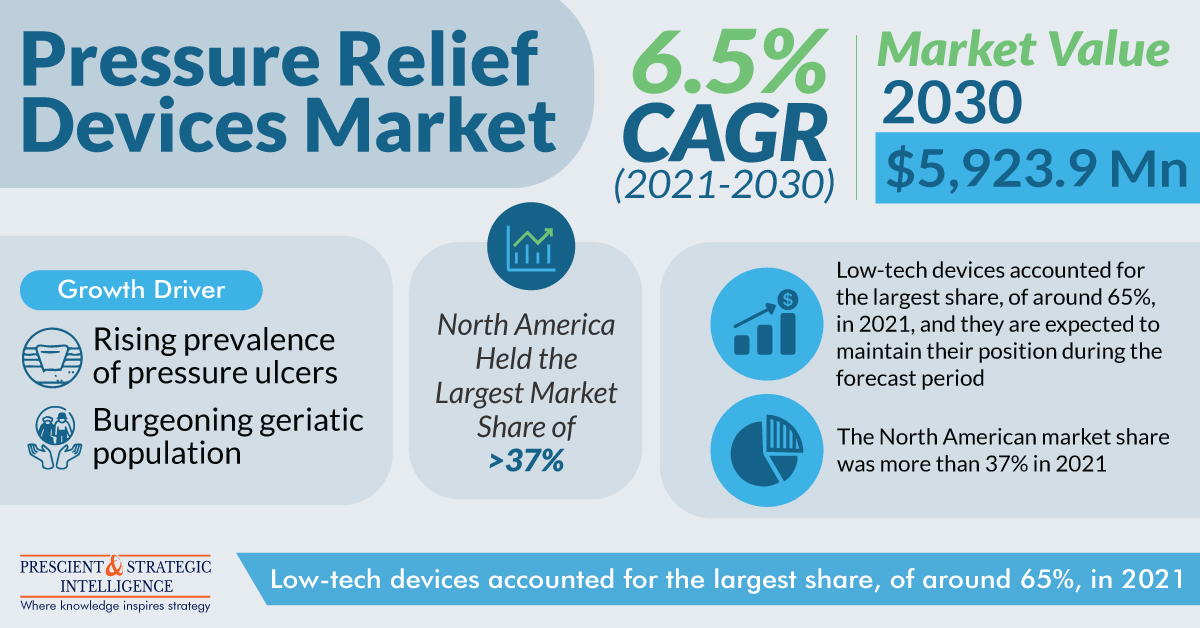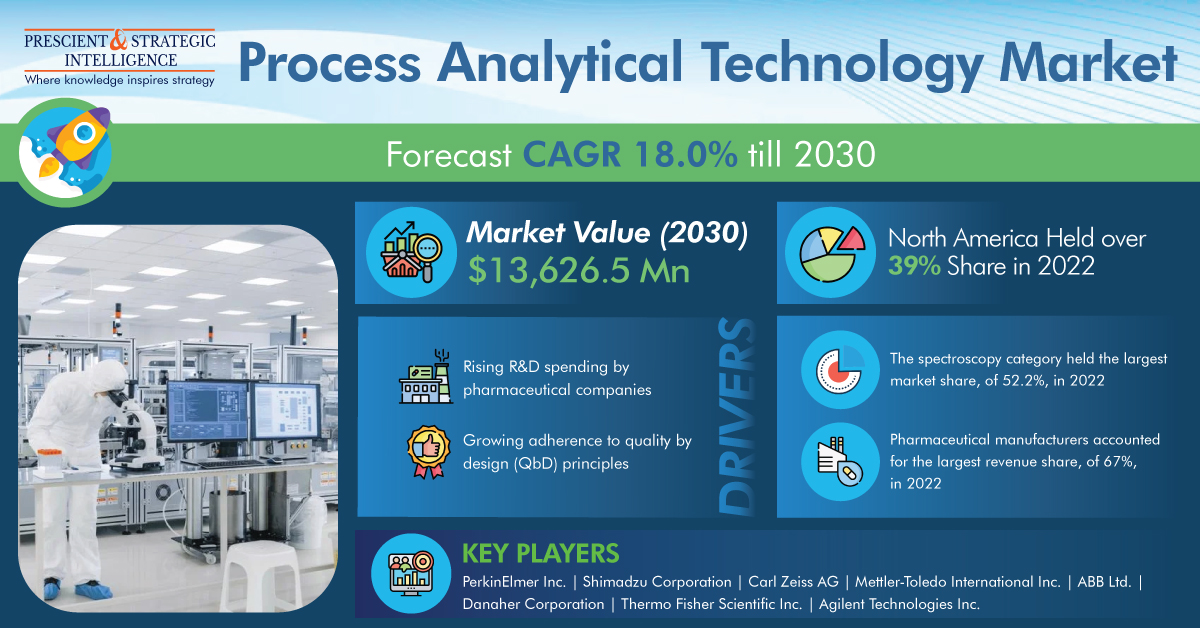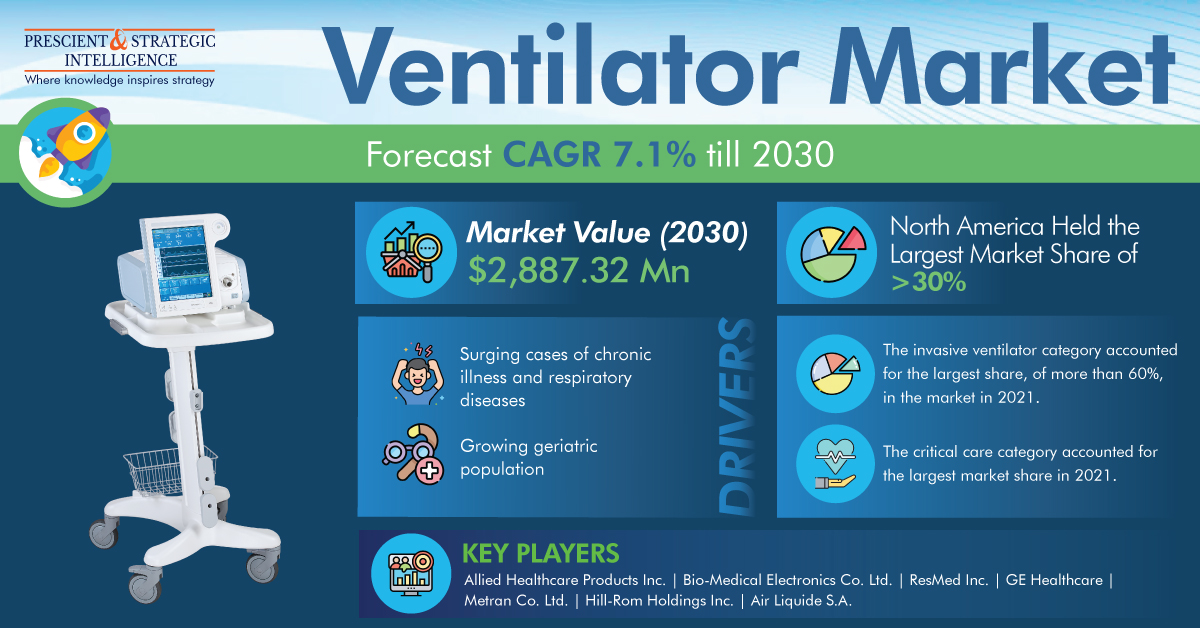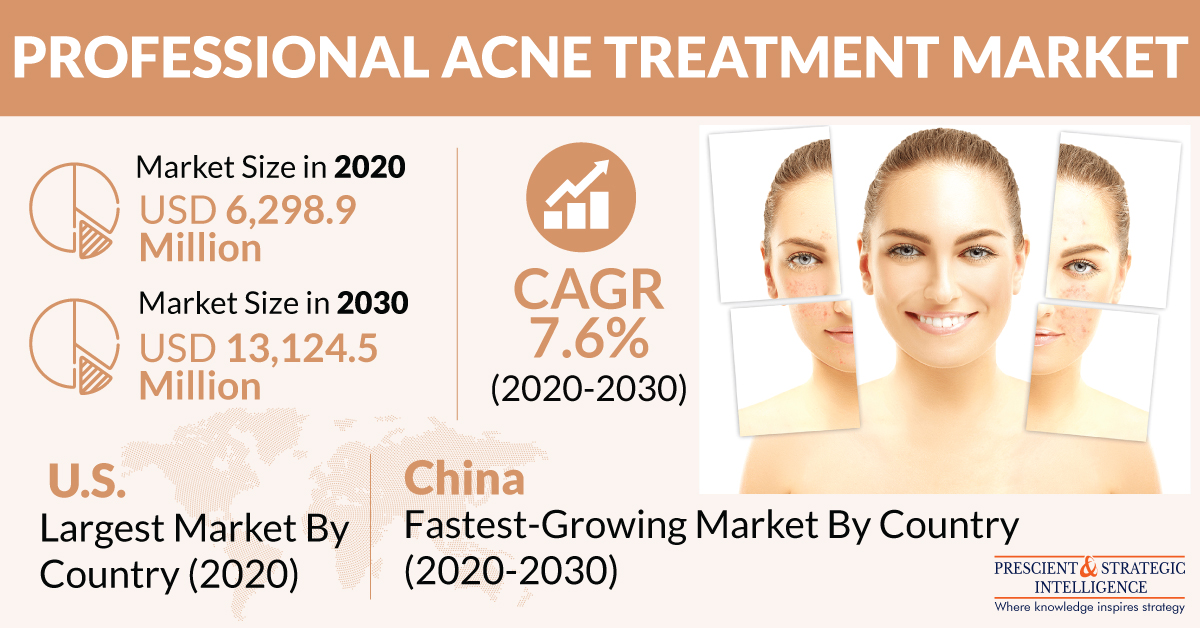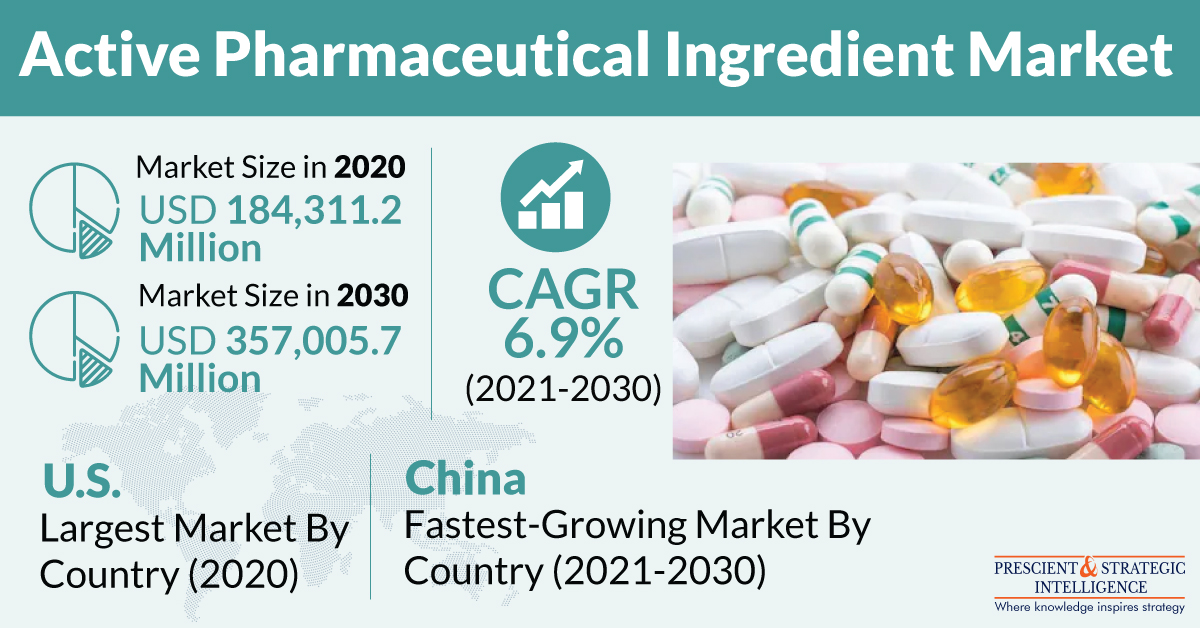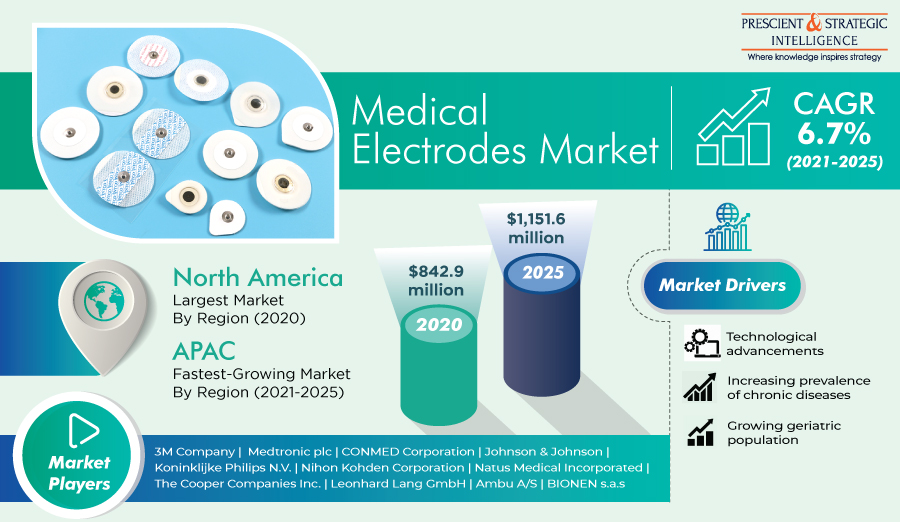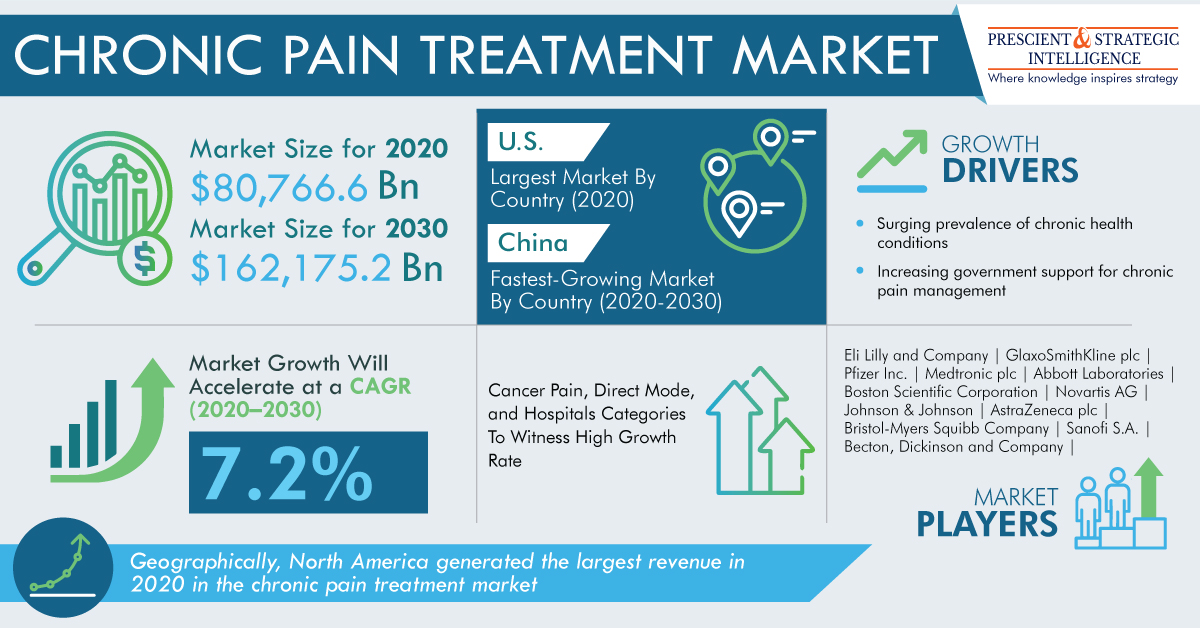The World Health Organization (WHO) estimates that nearly 1.3 million deaths occur due to road traffic crashes each year. The organization also states that road accidents cause non-fatal injuries among 20–50 million people across the globe every year. As per the WHO, road traffic injuries are the major cause of death among young adults and children aged 5–29 years. Most of these accidents are caused due to human mistakes, owing to which driving simulators are being adopted by the transportation and automotive industry.
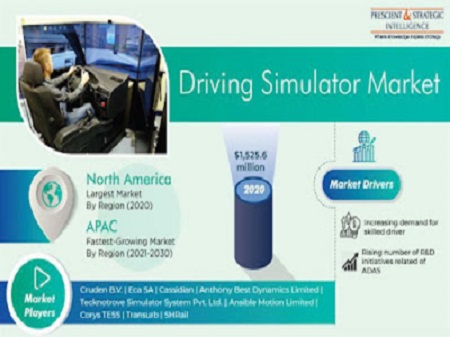
Additionally, the booming demand for skilled drivers, on account of the increasing penetration of shared mobility fleet and burgeoning need for logistics services from the e-commerce industry, is expected to steer the driving simulator market growth during the forecast years (2020–2030). Besides, the ongoing research and development (R&D) in advanced driving assistance systems (ADAS) will also augment the global demand for driving simulators. According to P&S Intelligence, the market generated $2 billion revenue in 2020.
Driving simulators, such as advanced simulators, compact simulators, and full-scale simulators, are installed in passenger vehicles as well as commercial vehicles. Presently, automobile manufacturers are preferring compact simulators over other variants due to the increasing number of people undergoing driving training on buses, cars, off-highway vehicles, and vans. In comparison to advanced and full-scale simulators, compact simulators are available at a lower cost. In the coming years, the highest quantity of driving simulators will be deployed in passenger vehicles due to the surging focus of manufacturers and drivers of such vehicles on road safety.
Currently, the driving simulator market is consolidated in nature, with the presence of a few players, such as Tecknotrove Simulator System Pvt. Ltd., Corys TESS, Anthony Best Dynamics Limited, Dallara Group Srl, Cassidian, Transurb, Cruden B.V., OKTAL SYDAC, and SHRail. In recent years, these players have launched new products to gain a competitive edge. For example, Anthony Best Dynamics Limited unveiled a static driving simulator in July 2020. This simulator delivers high levels of driver immersion in an era where driver-in-the-loop (DIL) simulation has become extremely important for the delivery of new automobile models in ever-tighter timescales.
Globally, the North American region was the dominant user of driving simulators in the preceding years, owing to the implementation of stringent road safety and traffic control laws and a large number of automobiles running on the roads of the regional countries. Moreover, the rapid advancements in driving simulator technology, to avoid potential failures in vehicles that might result in driver injury, will also facilitate the adoption of driving simulators in the region. For instance, the Bureau of Transportation Statistics states that the number of registered vehicles in the U.S. increased from 273,602,100 in 2018 to 276,491,174 in 2019.
